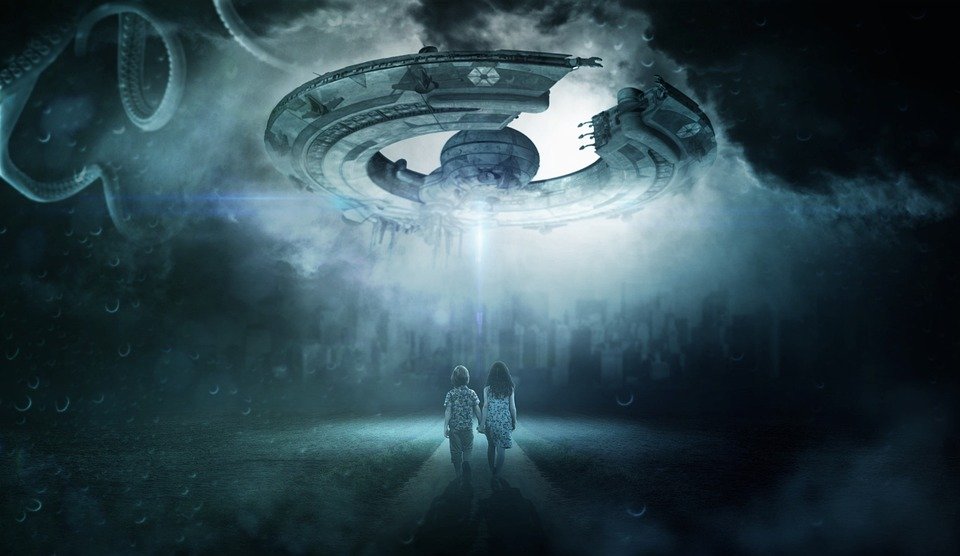Non-fungible tokens (NFTs) have taken the art world by storm, offering a new way for artists to create and sell digital artworks. NFT art collections have become increasingly popular, with collectors and artists alike embracing this new form of digital ownership. One of the most exciting developments in the world of NFT art is the use of generative AI to create unique and dynamic artworks. Generative AI allows artists to create art that is constantly evolving and changing, offering collectors a truly one-of-a-kind piece.
What is Generative AI?
Generative AI is a form of artificial intelligence that can create new content, such as images, music, or text, based on a set of input data. This technology uses algorithms to generate new and unique content that is often indistinguishable from human-created art. Generative AI has been used in a variety of creative fields, including music composition, video game design, and now, NFT art.
How is Generative AI Used in NFT Art Collections?
Artists can use generative AI to create dynamic and ever-changing artworks that are constantly evolving. By inputting a set of parameters or rules into the AI algorithm, artists can create a piece of art that is unique every time it is viewed. This allows for a truly one-of-a-kind art piece that is constantly changing and adapting.
Generative AI can also be used to create art that is interactive, allowing viewers to engage with the artwork in new and exciting ways. For example, an artist could create a generative AI artwork that responds to viewer input, changing and evolving based on how the viewer interacts with it. This creates a dynamic and immersive art experience that is unlike anything seen before.
The Benefits of Generative AI in NFT Art Collections
There are several benefits to using generative AI in NFT art collections. One of the main advantages is the ability to create truly unique and dynamic artworks that are constantly evolving. This can increase the value of the artwork and make it more desirable to collectors.
Generative AI also allows artists to explore new creative possibilities and push the boundaries of traditional art forms. By harnessing the power of AI, artists can create art that is innovative, cutting-edge, and unlike anything that has been seen before.
Additionally, generative AI can help artists overcome creative blocks and spark new ideas. By using AI algorithms to generate new content, artists can break out of their usual creative routines and explore new artistic avenues.
FAQs
1. How can collectors verify the authenticity of generative AI artworks?
Collectors can verify the authenticity of generative AI artworks by checking the artist’s credentials and ensuring that the artwork is accompanied by a certificate of authenticity. Additionally, collectors can look for blockchain verification, which can provide a secure and transparent record of the artwork’s ownership and provenance.
2. Are generative AI artworks considered true art?
Yes, generative AI artworks are considered true art. While the process of creating these artworks may involve the use of algorithms and technology, the final result is a unique and creative expression of the artist’s vision. Generative AI art challenges traditional notions of authorship and creativity, but it is increasingly being recognized as a legitimate form of artistic expression.
3. How can artists ensure that their generative AI artworks are ethically created?
Artists can ensure that their generative AI artworks are ethically created by being transparent about their process and the data used to train the AI algorithms. Artists should also consider the ethical implications of using AI technology and strive to create art that is respectful and responsible. Additionally, artists can seek feedback from peers and experts in the field to ensure that their artworks adhere to ethical standards.

